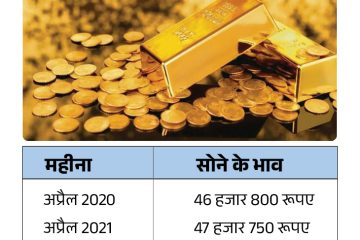Understanding CPL: Innovations and Trends in India

Introduction
Continuous Product Lifetime (CPL) is emerging as a pivotal concept in various industries, especially in the context of sustainability and innovation. As businesses increasingly focus on reducing waste and enhancing product efficiency, CPL offers an essential framework for understanding and extending the lifecycle of products. This understanding is not only crucial for manufacturers but also for consumers and policymakers aiming for sustainable development in India.
Current Trends in CPL
In recent months, several Indian companies have started adopting CPL principles. For instance, major automotive manufacturers are developing vehicles with longer lifespans and more eco-friendly components. Tata Motors and Mahindra & Mahindra have initiated programs aimed at recycling and reusing vehicle parts, thus minimizing their environmental footprint.
Similarly, the electronics sector is witnessing a surge in CPL-oriented strategies. Companies like Samsung and LG are focusing on modular designs, allowing consumers to upgrade certain components of their devices rather than replacing the entire product. This approach not only reduces waste but also encourages conscious consumerism. Additionally, the government’s “Make in India” initiative encourages local production, which often emphasizes sustainability.
Significant Events and Collaborations
Across India, various workshops and seminars have been held to promote awareness about CPL. The Ministry of Environment, Forest and Climate Change is collaborating with several organizations to educate businesses about sustainable practices. Recently, a conference on “Innovative Circular Economy Practices” showcased multiple case studies from different sectors highlighting successful CPL implementations.
Moreover, partnerships between startups and established firms are fostering innovation in sustainable design and lifecycle management. Startups are bringing fresh ideas and disruptive technologies to the table, while established companies provide the necessary infrastructure and resources for implementation.
Conclusion
As the importance of sustainability grows, understanding and implementing CPL will become increasingly significant across various sectors in India. The convergence of regulatory support, consumer awareness, and technological advancements presents a robust environment for CPL growth. Moving forward, businesses that adopt CPL strategies may not only enhance their competitive edge but also contribute positively to environmental sustainability. The outlook for CPL in India is promising, with expectations that more sectors will embrace these practices, leading to a more sustainable economy by 2030.









